When news of layoffs hitting Marvel Rivals’ dev team came out earlier in the week, it was a shock to everyone, not the least of which were the affected employees themselves.
The leader of a small Seattle-based team that worked on the game under NetEase Games revealed the news on LinkedIn, and he posted again today to claim credit for one of the game’s most unique and defining features: Hero Team-ups.
“When I first joined the team, one of the first things I designed was the idea of Team-Ups,” former Marvel Rivals director Thaddeus Sasser said in a post today. “A great thing about the Marvel IP are the characters of course. I read these comics growing up and was invested in the lives of these fictional people. These characters would often be parts of larger groups like the Avengers, or the X-Men. The groups often functioned like a small family or a very tight team. They’d often have a special move, like the ‘fastball special’ that they’d use in combat.”
That “fastball special” made its way into the game as a team-up between Hulk and Wolverine, and now The Thing and Wolverine, where the big guys launch the hairy clawed hero into the air for an attack. And many other Team-ups are in the game, too, often defining how team compositions should be made up. Bruce Banner passively boosting Iron Man’s Unibeam attack is an example of another one, or Invisible Woman giving an overhealth boost to her teammates in the Fantastic Four.
Sasser went on to detail how the teams he often say in comics should be reflected in Marvel Rivals, and notes how it would add depth to gameplay without forcing players into a role-queue scenario, and also how Team-ups could be used to affect the balance of the game. Many of these Team-ups are incredibly strong, of course, but Sasser noted how this is actually a strength because “a perfect balance is a boring balance.”
The game’s newest Team-up, between new hero Human Torch and Storm of the X-Men, allows the two to power each other’s ultimates up, creating a flaming tornado. It looks awesome, and Sasser claimed the ability was in his original pitch deck and he’s “excited to see it announced.”
Unfortunately, Sasser and his entire team of reportedly less than 12 people are now on the hunt for new jobs in the industry. On Feb. 18, Sasser made the news public that he and his team that “specialized in game and level design in the Seattle area” were let go, despite the game’s massive success thus far.
But with a track record containing such a defining mechanic in a mega-popular game like team-ups, the hope is that they all won’t be unemployed long.
Read the full article here







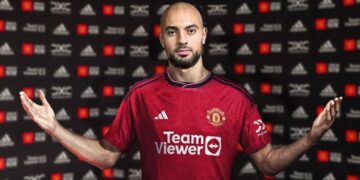

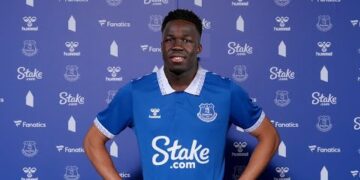

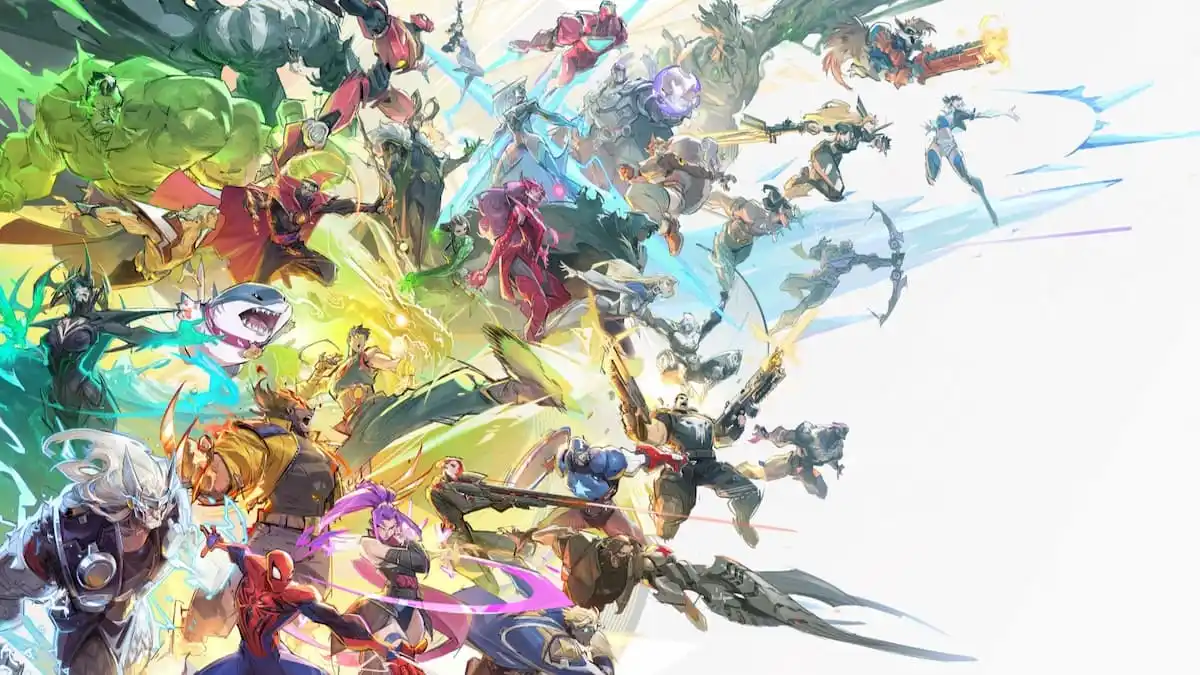
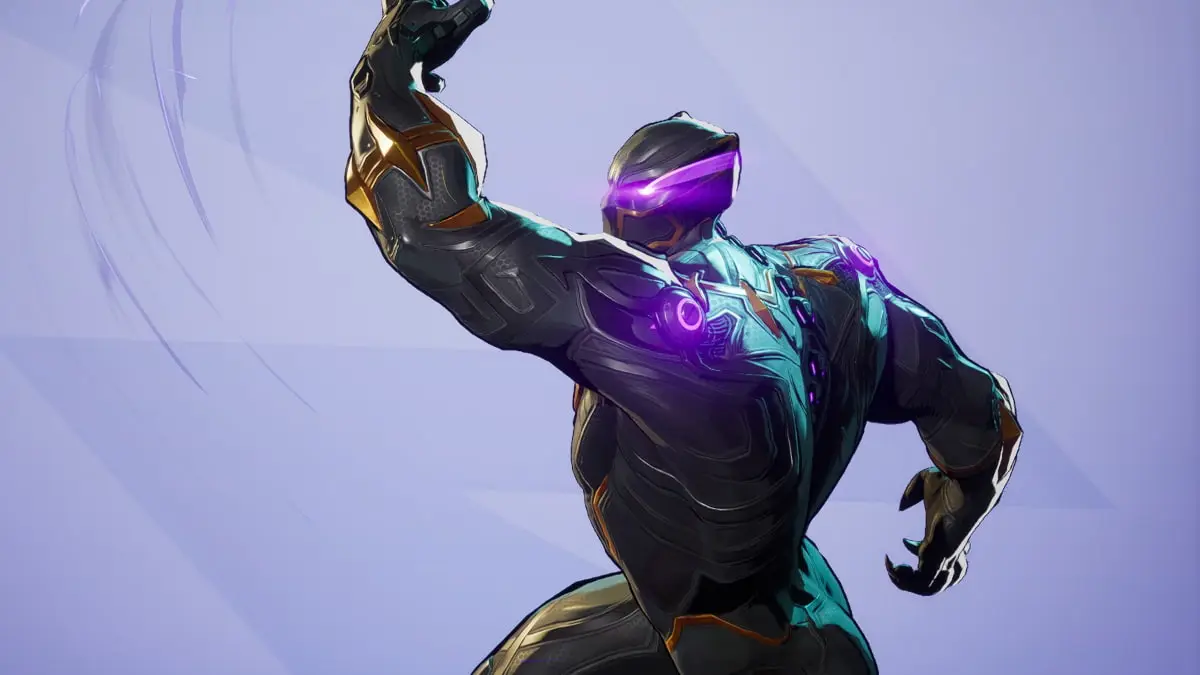

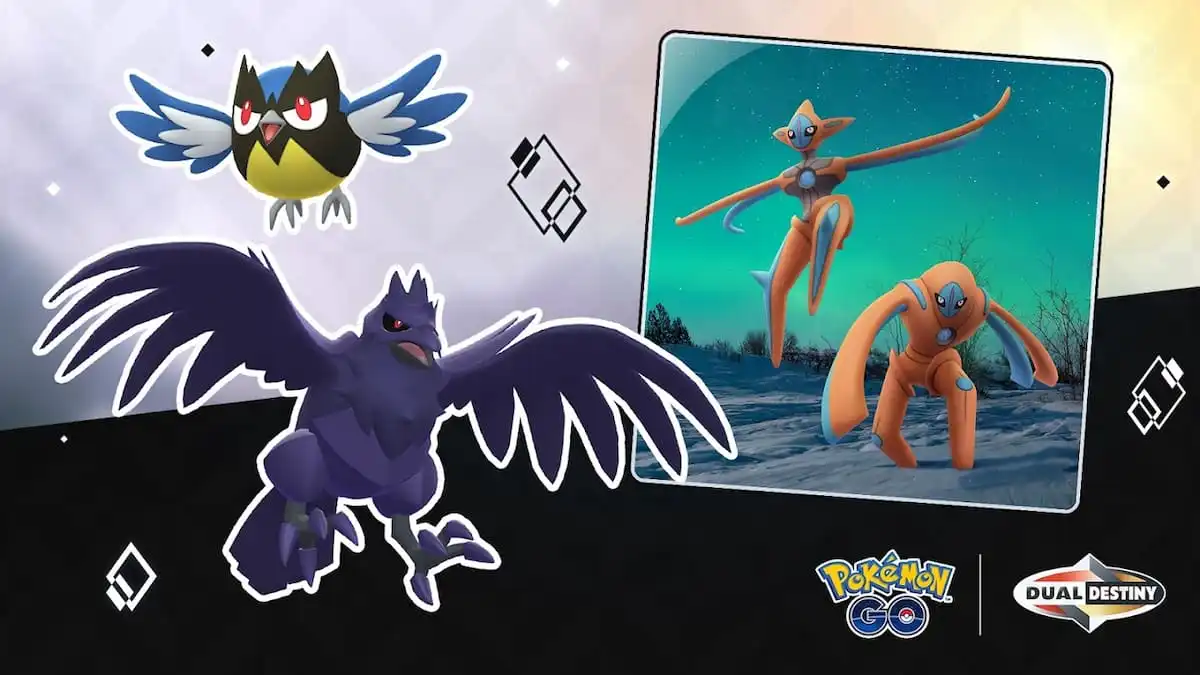
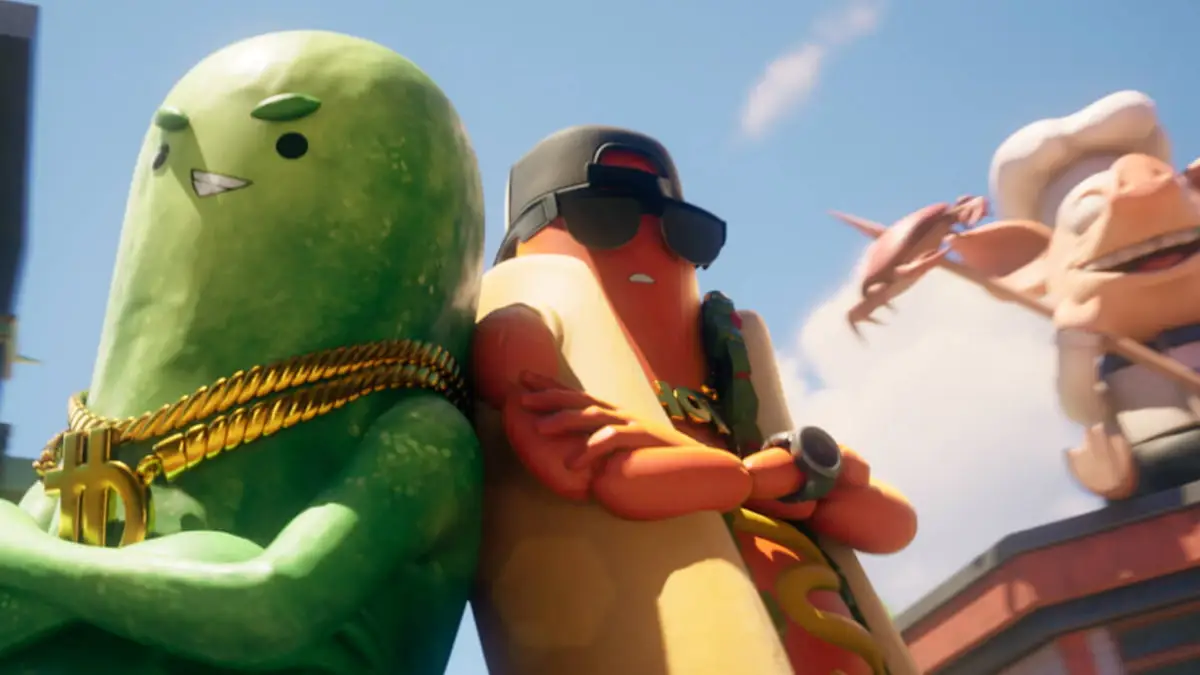

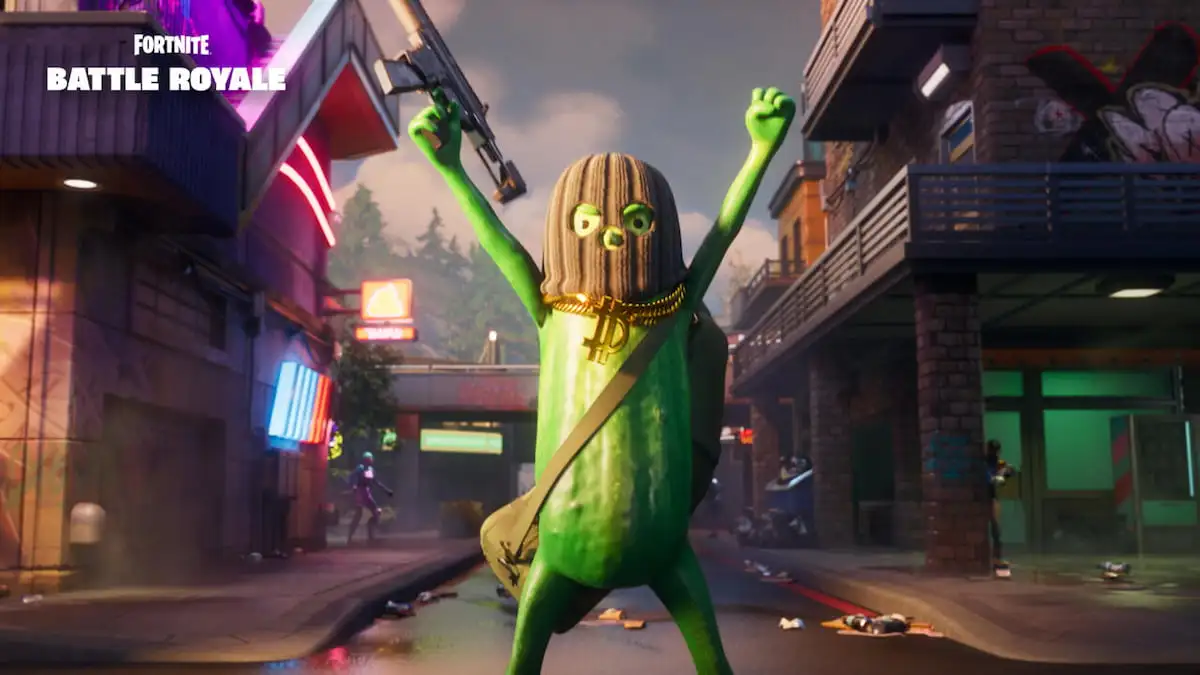









Discussion about this post